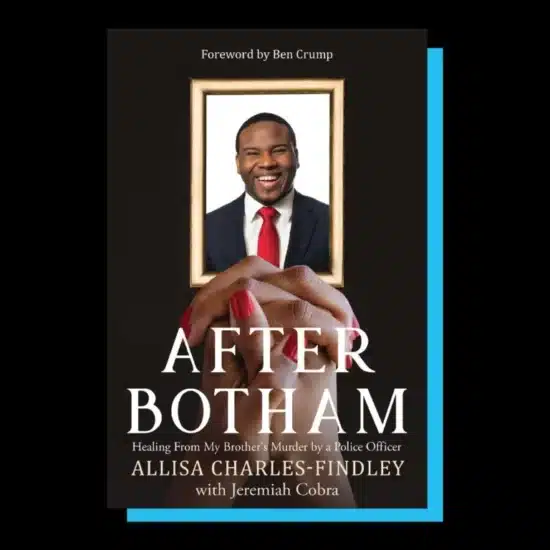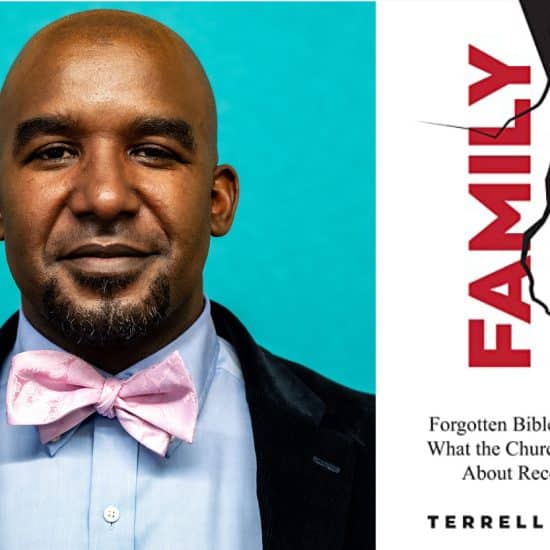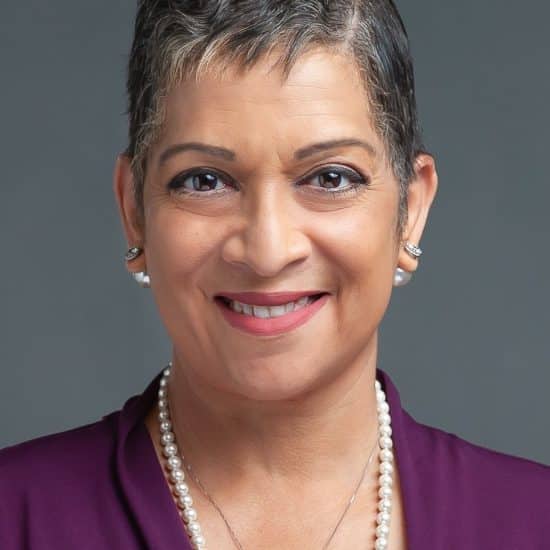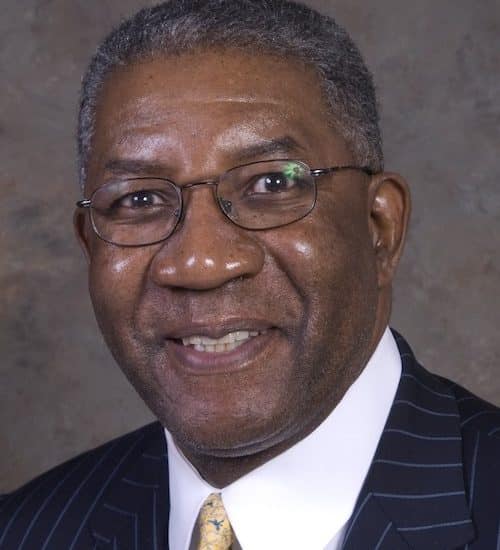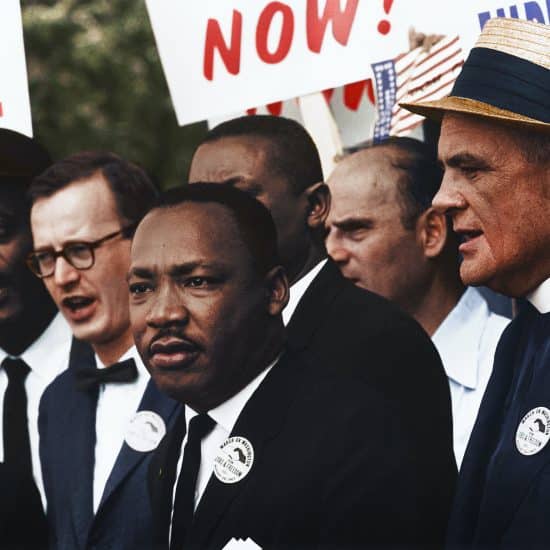WASHINGTON (ABP) — With the Supreme Court’s oldest and longest-serving member announcing his retirement April 9, advocates for strong church-state separation urged that Justice John Paul Stevens’ replacement be as devoted to preventing government establishment of religion as the retiring jurist.
However, some called for a successor who can improve on what they view as Stevens’ mixed record when it comes to enforcing the other half of the First Amendment’s religion clauses — protecting the free exercise of faith.
“Justice Stevens is an icon — a thoughtful, perceptive justice who understands the role of church-state separation in American life,” said Barry Lynn, executive director of Americans United for Separation of Church and State, in a press release. “It is vitally important that President Obama choose a high-court nominee who understands that government may not meddle in matters of religion.”
Stevens is widely regarded as the court’s most liberal member, although his jurisprudence has drifted leftward since he was first nominated by a Republican president — Gerald Ford — in 1975. His tenure has also coincided with a significant rightward shift in the court’s overall makeup.
However, throughout his tenure Stevens has consistently opposed government entities promoting or endorsing religion. In 1985’s Wallace v. Jaffree decision, he helped strike down a law permitting student-led prayer in Alabama’s public schools. In the 2000 Santa Fe Independent School District v. Doe, Stevens wrote the majority opinion overruling a Texas school district’s policy that encouraged student-led prayers prior to school events.
Then-Chief Justice William Rehnquist, writing for the court’s three-member minority in the Santa Fe case, said Stevens’ opinion “bristles with hostility to all things religious in public life.”
In 2002, Stevens dissented from the court’s 5-4 decision in Zelman v. Simmons-Harris upholding an Ohio program that provided government-funded scholarships that students could use at religious schools. “Whenever we remove a brick from the wall that was designed to separate religion and government,” the justice warned, “we increase the risk of religious strife and weaken the foundation of our democracy.”
Brent Walker of the Washington-based Baptist Joint Committee for Religious Liberty, said Stevens has always “stood uniformly against government-sponsored religious speech and government endorsement of religion.”
However, he added, Stevens’ “willingness to require — or sometimes even to permit — the accommodation of religion under the First Amendment’s Free Exercise Clause has been lacking.”
Walker noted that Stevens had joined the court’s majority in one of the high court’s most-panned decisions of the last 30 years among advocates of religious liberty — the 1990 Employment Division v. Smith case. The ruling effectively proscribed the right of an American Indian sect to smoke the hallucinogenic substance peyote as part of its religious ceremonies — but its effects reached far beyond the Native American Church.
The Smith decision “gutted the Free Exercise Clause of its robust religious-liberty protection for all Americans,” Walker said.
Those who hold a more accomodationist view of church-state relations have echoed Rehnquist’s criticism of Stevens’ jurisprudence as “hostile” to faith. Douglas Laycock, a University of Michigan Law School professor and nationally known expert on church-state issues, wrote in 2004 that Stevens viewed religion as “subject to all the burdens of government, but entitled to few of its benefits.”
But his defenders have noted that Stevens ruled in favor of protections for religious groups against government encroachment in other cases. They include Church of the Lukumi Babalu Aye v. City of Hialeah and Lamb’s Chapel v. Center Moriches Union School District decisions, both handed down in 1993.
The BJC’s Walker said that Stevens has been more champion than enemy of religious freedom.
“On balance, Justice Stevens has been a thoughtful, diligent jurist who has served the court and this country admirably,” he said. “I trust President Obama will nominate someone who embraces Justice Stevens’ understanding of the importance of the non-establishment principle, but who will be willing to permit — or even require — the government’s accommodation of religion in appropriate cases and to respect the autonomy rights of religion and religious organizations.”
Little is known so far about the religious-liberty views of Stevens’ potential successors (current Solicitor General Elena Kagan, the government’s top advocate before the high court, is widely rumored to be a top contender). But one thing is certain: Once Stevens steps down at the end of the court’s 2009-2010 term in June, there will no longer be a single Protestant sitting on the nation’s highest court.
While the Supreme Court’s makeup was overwhelmingly Protestant from the nation’s founding until the latter half of the 20th century, Justice David Souter’s retirement last year left Stevens as the only Protestant on a court otherwise composed of Catholic and Jewish justices. If Obama does not choose — and the Senate does not confirm — a Protestant nominee to replace Stevens, it will be the first time in American history that the nation’s largest religious subgroup is not represented at the apex of its judiciary.
-30-
Robert Marus is managing editor and Washington bureau chief for Associated Baptist Press.


